The 29th
LaureateArchitecture
Rafael Moneo
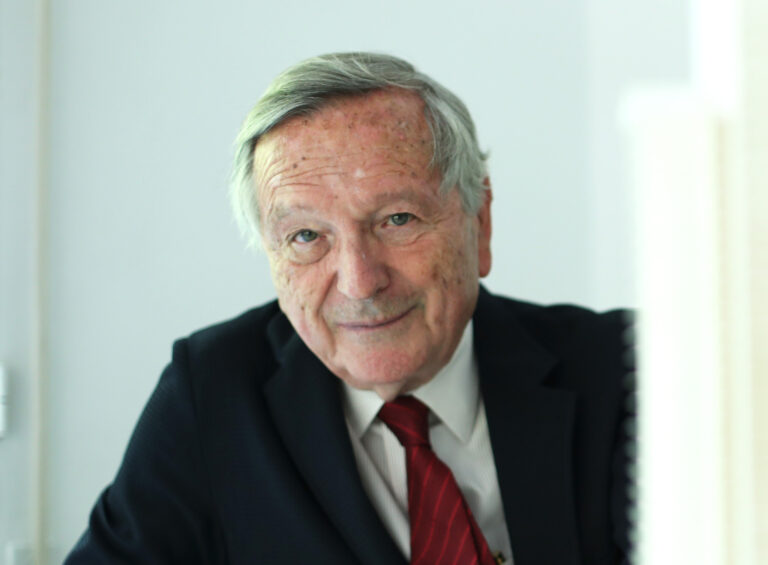
The Spanish architect,Rafael Moneo is greatly admired for the work he does when designing buildings,looking at the specific conditions of the location of proposed site,so as to ensure that his buildings blend effortlessly into the city landscape,while at the same time,respecting the environment. One of his earliest projects,the National Museum of Roman Art (1986) in Mérida,Spain,established his reputation and he has successfully completed many projects in,as well as outside,Spain; such as Madrid Atocha railway station (1992),the Cathedral of Our Lady of the Angels (2002) in Los Angeles and the Prado Museum Extension (2007). In the case of the Prado Museum Extension,his ability to combine the old and new seamlessly is wonderfully showcased. Moneo believes that buildings should integrate harmoniously into the city environment and is careful to ensure that his refined designs are not obtrusive – while still maintaining a clear identity and connection to his creative vision. Moneo is also an educator and theorist who has taught in many prestigious institutions including Harvard University Graduate School of Design. In 1996,he received the Pritzker Architecture Prize and in 2003,he was awarded the RIBA Royal Gold Medal.
Biography
The Spanish architect,Rafael Moneo’s elegant designs are largely informed by his philosophy on how they should be placed in their environment. He says,“It is important for buildings to be integrated into the city space harmoniously. By respecting the historical background of the building site,we can create a bigger reality. Buildings should contribute to the city and to the happiness of the residents.”
Moneo initially studied architecture at his father’s suggestion,but he soon fell in love with the art of designing buildings. From the beginning,he has often designed buildings using brick and stone,rather than concrete.
“What is important for a building is not the form but the material. Most architects will first try to find the best materials they can before starting to design the building.”
His work on the National Museum of Roman Art (1986) in Mérida,Spain,brought him to international attention. Here he creatively combined the history and relics of the city,using thin bricks to cover walls in a way that is reminiscent of Roman construction; giving the visitor a sense of the past yet avoiding it becoming a pastiche of Roman architecture. The inside,with its natural light and series of high arches,provides a stunning showcase for the amazing collection of Roman remains.
Moneo’s sensitivity to design,location and history is well-illustrated in his work on the Madrid Atocha railway station (1992). Here,he designed and built the new station next to its 100-year old station,taking the spirit of the design of the old building and working it into this modern,eminently usable building.
Moneo’s ability to deal sensitively with the history and location of buildings made him the obvious person to design the Prado Museum Extension (2007). The surprisingly modern,square,red brick building showcase his considerable design skills,providing the Prado with a new chapter in its long life. The most important part of the inside is the corridor which was made by the dismantling of the inner courtyard façade of the 16th-century church,San Jerónimo el Real.
He has designed many other projects in Spain – the Seville Airport Terminal,the Miro Foundation Mallorca to name but a few. He also works overseas; The Cathedral of Our Lady of the Angels (2002) in Los Angeles being a fine example of his mature design.
Moneo says,“The 80s and the 90s were great years for the architects. The nation had moved to sound democracy and many public buildings had been required.” Now,however,he is concerned that architecture is losing its impact and importance in society.
He is a great believer in education,teaching in a variety of prestigious institutions,including Harvard University Graduate School of Design. In 1996,he received the Pritzker Architecture Prize and in 2003,he was awarded the RIBA Royal Gold Medal.
Chronology
San Pablo Airport,Seville,Spain
The Pilar and Joan Miro Foundation,Palma de Mallorca,Spain
Souks,Beirut,Lebanon
Neuroscience Institute and Department of Psychology,Princeton University,USA
Prince of Asturias Award for the Arts
-
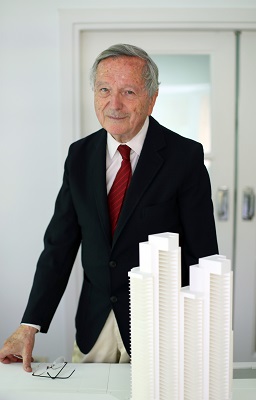
His studio in Madrid
-
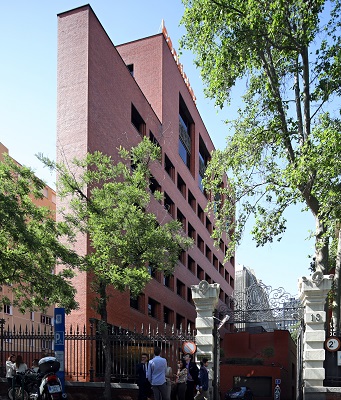
Bankinter
-
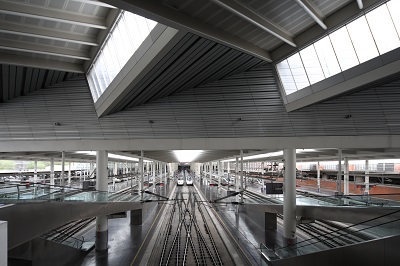
Madrid Atocha railway station
-
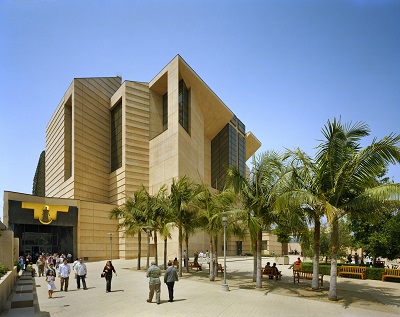
Cathedral of Our Lady of Angels
-
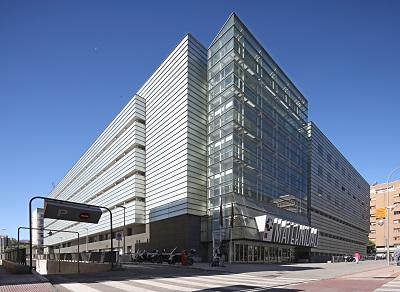
Gregorio Marañon Maternity and Pediatric Hospital
-
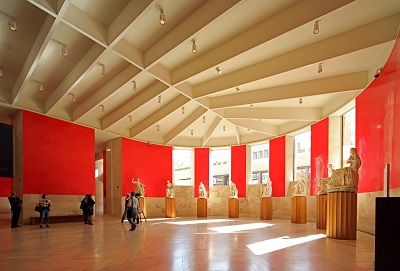
Museo del Prado Extension
